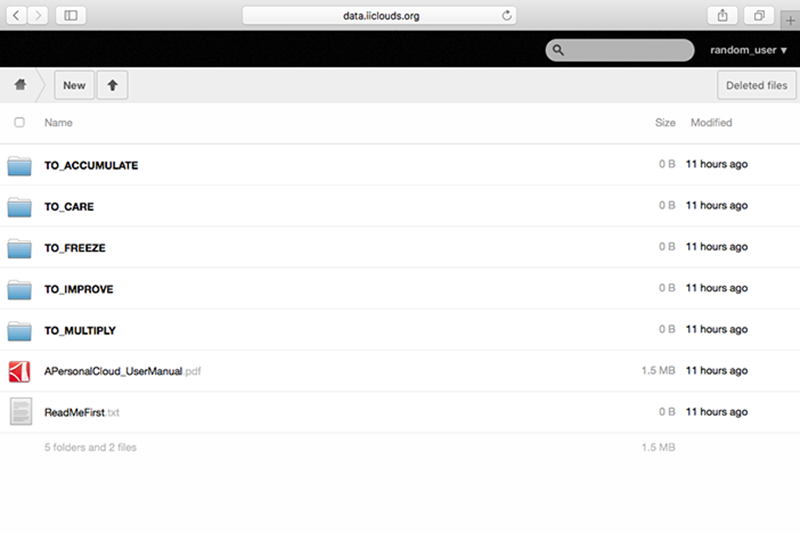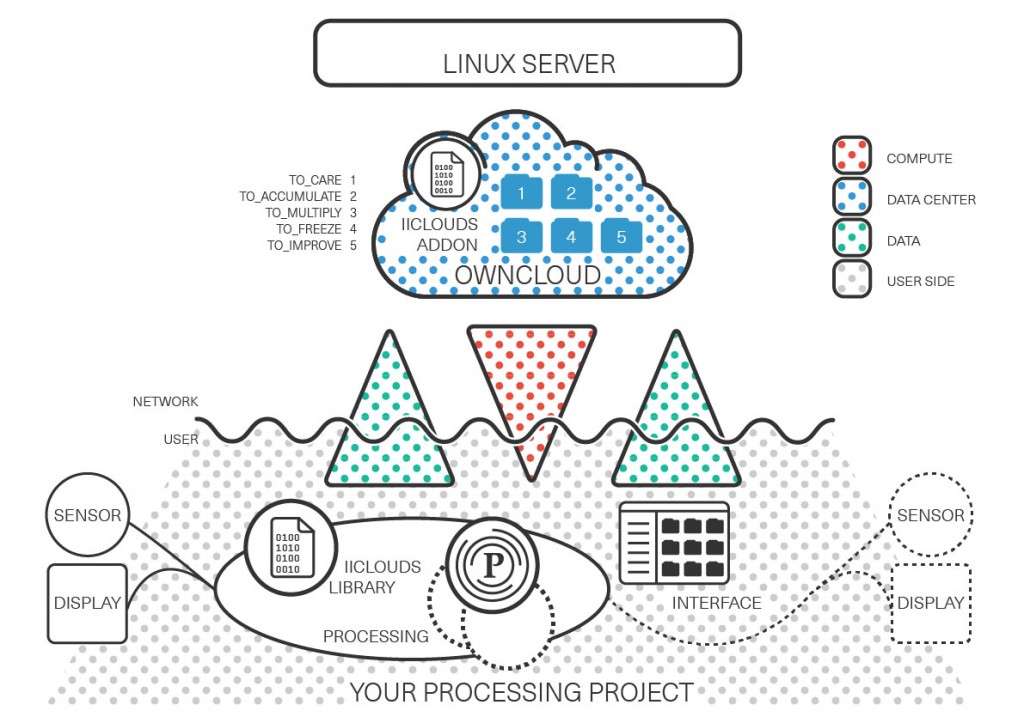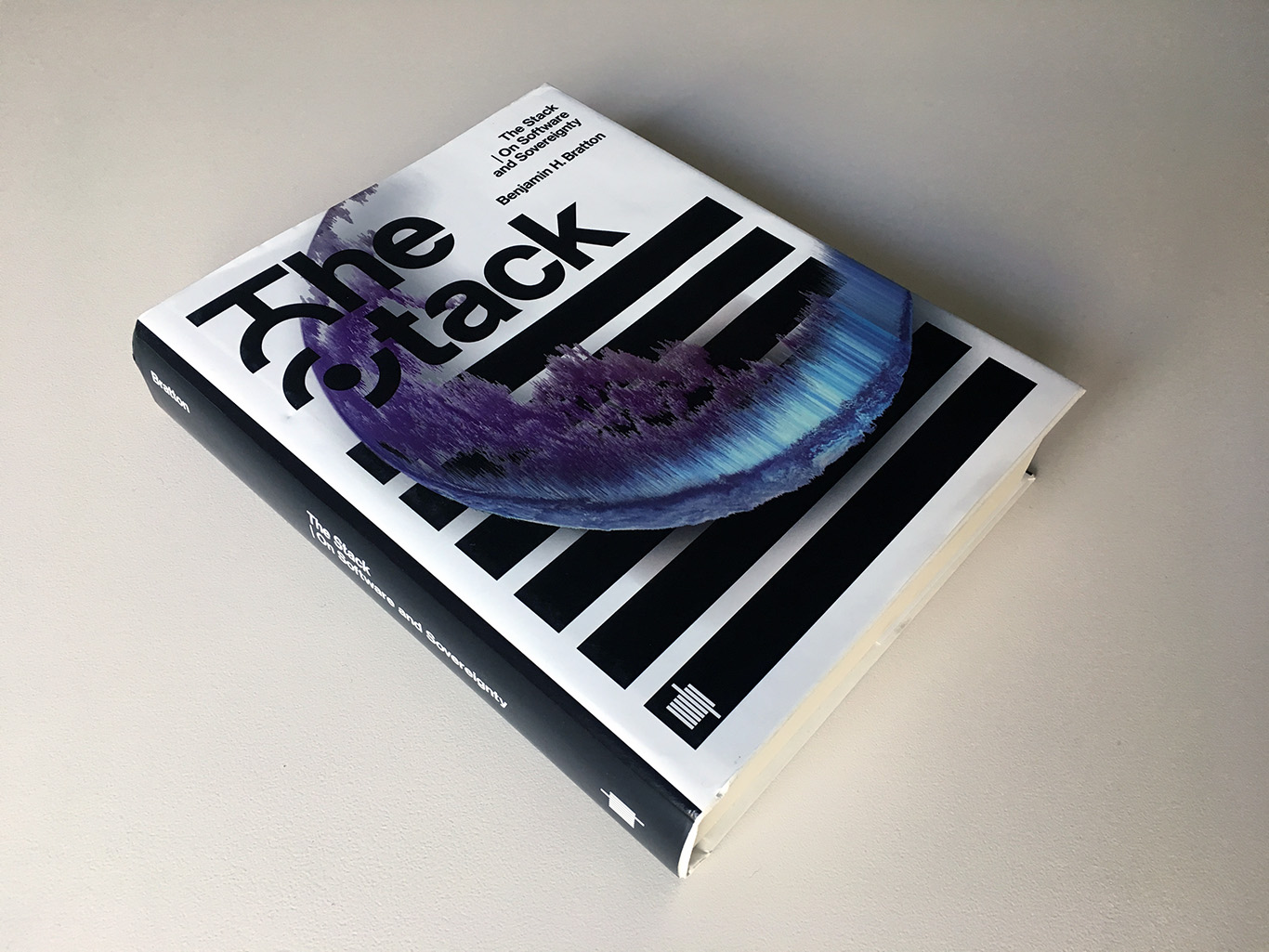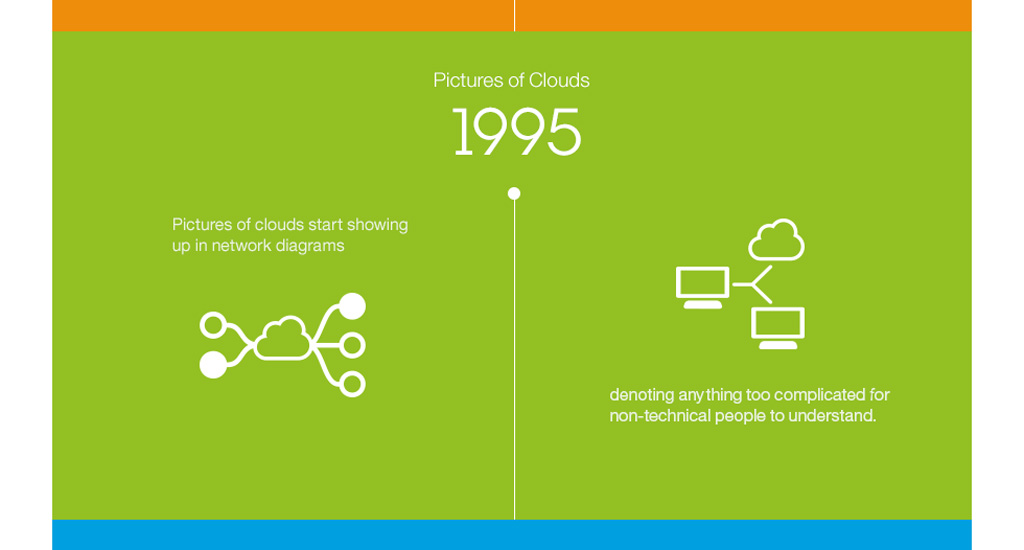Project developed by Christian Babski (fabric | ch)
Cloud of Cards Processing Library consists in the unification of three different API dedicated to online files and folders manipulation and the development of an additional fourth one specific to the needs of the Cloud of Cards kit and the Inhabiting and Interfacing the Cloud(s) research project. The overall final package has been adapted to the Processing development language and linked to the open-source cloud software ownCloud.
Additional behaviors are included that can also be used in relation to ownCloud (or Nextcloud), for both its server and clients. These additional functions are the implemented results of the design research process, linked to an ethnographic study about the cloud user experience.
Through the use of this new library written in Processing and linked to other open-source tools, it is now easier for a wider public to experiment, sketch and develop alternative interfaces, visual or physical applications for the cloud. In particular, the communities of designers and makers that are used to the Processing language.






